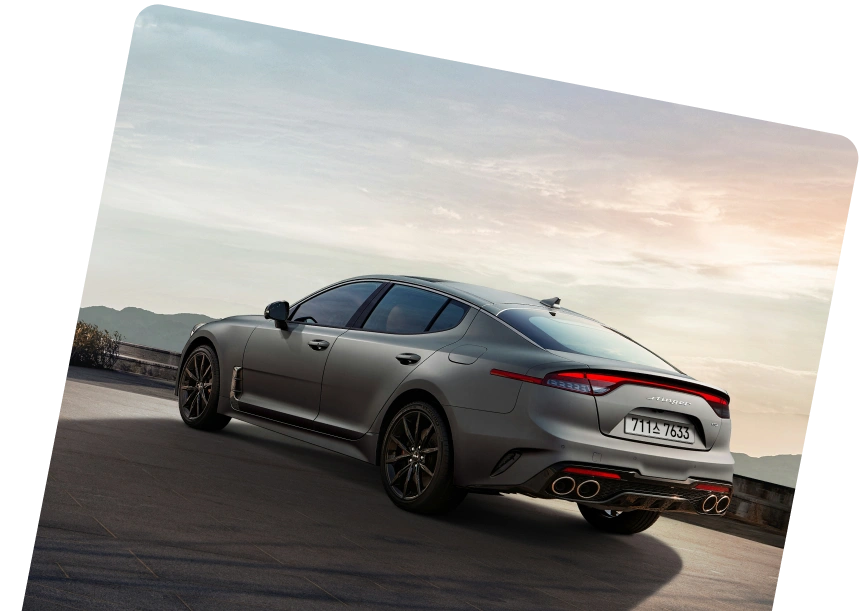In the luxury car world, Audi and BMW have solid reputations, producing top-notch vehicles for decades. They offer models across various categories of luxury cars and meet a range of preferences. But when it comes to choosing between them, it can be a tough decision. Some people are devoted fans of one brand, but you probably seek unbiased comparisons.
We’ll get into the Audi vs BMW debate and examine performance, features, and more to help you make an informed choice. That’s also where Carplus comes in — apply for online car finance to secure good terms for the winning car in this debate.
History
Audi’s history started in 1885 with the Wanderer Company, which later became part of Audi. In 1910, Audi launched its first car, the Type A Sport-Phaeton, followed by the Type B. Both models were successful in sports. Audi also pioneered left-hand drive cars with the Type K in the 1920s. This change improved visibility and made overtaking easier and safer. In the 1960s, Volkswagen bought Auto Union from Daimler-Benz and marked the start of Audi’s modern era.
As for BMW, the company originally made aeroplane engines starting in 1916. Then in 1928, they began making cars. Because they were good at making engines, they found it easy to start making smaller engines for cars. The chairman, Franz-Josef Popp, thought this was a natural next step for the company. Their first car, called The Dixi, had a four-cylinder engine with 15 horsepower and could go up to about 75 miles per hour.
Trim Levels
Both Audi and BMW offer their models in various trims, and these decide what features and extras are in your car.
Audi Trims
Starting with the Technik models, you get LED headlights, MMI Navigation Plus, and Audi Smartphone Interface. Moving up to the SE models adds Bluetooth connectivity, rear cruise control, and voice control.
If you opt for an Audi S-Line model, you’ll get sharper design elements, larger wheels, and sports seats. The Black Edition models enhance the S-Line features with black styling elements. For performance enthusiasts, S models offer a quattro all-wheel drive system and powerful turbocharged engines.
The specific features vary depending on the model and production year; of course, newer models offer more advanced features.
BMW Trims
Starting with the SE trim, you can expect features like a 6.5-inch colour display, dual-zone air conditioning, cruise control, and rear parking sensors in most models. If you’re seeking a sportier look and feel, the BMW Sport trim enhances styling and upgrades suspension and wheels.
The BMW X-Line models bring extra features like all-around parking sensors, a digital driver display, and adaptive suspension, depending on the specific car. Enthusiasts love BMW M Sport models for their sporty styling, bigger wheels, and lower stance.
As with Audi, the availability of these trims depends on the chosen model and the car’s age.
Ownership Costs
When it comes to luxury brands like Audi and BMW, maintenance costs are usually not a top concern for such buyers. It’s obvious they aren’t the most fuel-efficient or budget-friendly to repair.
The cost difference in maintaining Audi and BMW is quite narrow:
| Maintenance type | Audi | BMW |
|---|---|---|
| Full service | ~£199 | ~£202 |
| Interim service | ~£139 | ~£142 |
| MOT | ~£44 | ~£44 |
The cost difference becomes more noticeable after five years, with Audi being around £25 more expensive to maintain in most categories than BMW.
Quality and Reliability
When it comes to build quality and materials, BMW and Audi are on par with each other. Both offer premium materials and solid construction in their vehicles. Audi is known for its elegant and minimalist interiors, which feature premium materials like leather, wood trims, and aluminium accents. BMW, on the other hand, focuses on sportiness and driver-centric features with materials like leather and plastics.
In terms of long-term reliability and ownership experience, both brands perform well, too. J.D. Power’s Vehicle Dependability Study shows that BMW has slightly higher scores. That said, Audi’s models benefit from using shared platforms and parts, which ensures consistent performance and reliability across their lineup.
Both have few reported problems, and both offer great warranties and maintenance plans.
Price
The entry-level Audi A1 and A2 are more affordable, with used prices ranging from around £4,580 to £29,755. Moving up, mid-range models like the A3, A4, and A5 range from £4,548 and £35,264. For luxury and top-tier performance, the A6, A7, A8, and R8 start from around £6,235 and go up for used R8 models.
BMW models tend to have higher prices across most of its lineup. The 1-Series hatchback offers affordability, with prices ranging from £4,180 to £24,520 when used. Moving up to the 3-Series, prices start at ~£6,485 and go up to £38,560 for top versions. The 5-Series saloon provides a mid-range option, ranging from £6,440 to £37,015. For those interested in EVs, the i7 is selling for ~£12,720-£37,750. Keep in mind, prices for used models are just estimates because they keep changing all the time.
At Carplus, we provide comprehensive car finance options to help you drive home your dream Audi or BMW car.
Safety
While not all Audi and BMW cars have Euro NCAP safety ratings, many have received four- and five-star ratings, which shows high safety standards. For instance, the BMW i4 achieved a four-star rating in 2022, while the 3-Series earned a full five stars. Similarly, the X5 and 5-Series received five-star ratings in previous tests. Audi Q3 and A4/A5 earned five-star ratings in their safety evaluations, too.
Both BMW and Audi vehicles come equipped with advanced safety technologies. BMW offers the active driving assistant package, which includes features like frontal collision warning, lane-departure warning, and blind-spot warning. Audi models have Pre Sense, adaptive cruise control, and active lane assist.
Performance
BMW offers a better driving experience than Audi, thanks to its focus on building cars around their engines. Meanwhile, Audi shares parts with other Volkswagen group cars, which affects its performance and premium image.
Audi cars are characterised by all-wheel drive, turbo engines, and balanced handling, while BMW highlights rear-wheel drive, adaptive suspension, and precise steering for better driving dynamics.
To compare Audi vs BMW engine performance, let’s look at a few equivalent models from each brand based on the specifications of their most basic trim levels:
- BMW 1-Series vs Audi A3: The 1-Series, with its 1.5-litre engine, has more power than the Audi A3’s 1.4-litre engine, but it’s slower (0-60 time of 8.5 vs 9.9 seconds). The 1-Series’ longer gearing and sluggish throttle response contribute to this difference in acceleration.
- The BMW 5-Series vs Audi A6: Both feature a 2.0-litre turbodiesel engine with quick automatic gearboxes. Reviews suggest the BMW has a slight performance edge. The A6 offers options like four-wheel steering and adaptive dampers for versatile driving on various terrains.
- The BMW M2 vs Audi RS3: The M2 has a 460bhp 3.0-litre twin-turbo engine, while the Audi RS3 has a 400bhp 2.5-litre five-cylinder engine. The RS3 is lighter and faster, with a 0-60 time of 3.9s compared to the M2’s 4.4s.
Design and Styling
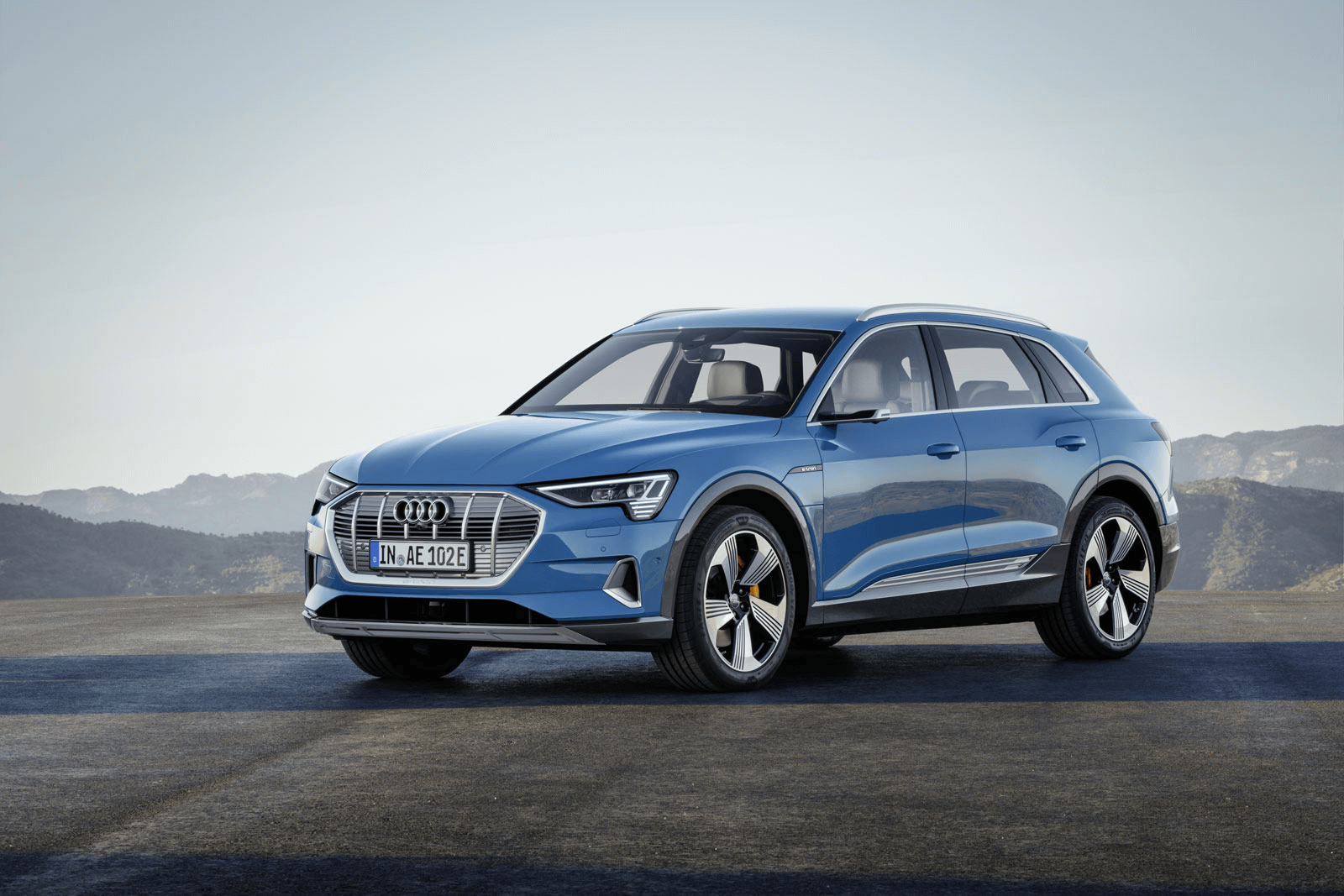 Audi exterior
Audi exteriorAudi opts for subtle yet sporty designs, with many models sharing a similar appearance.
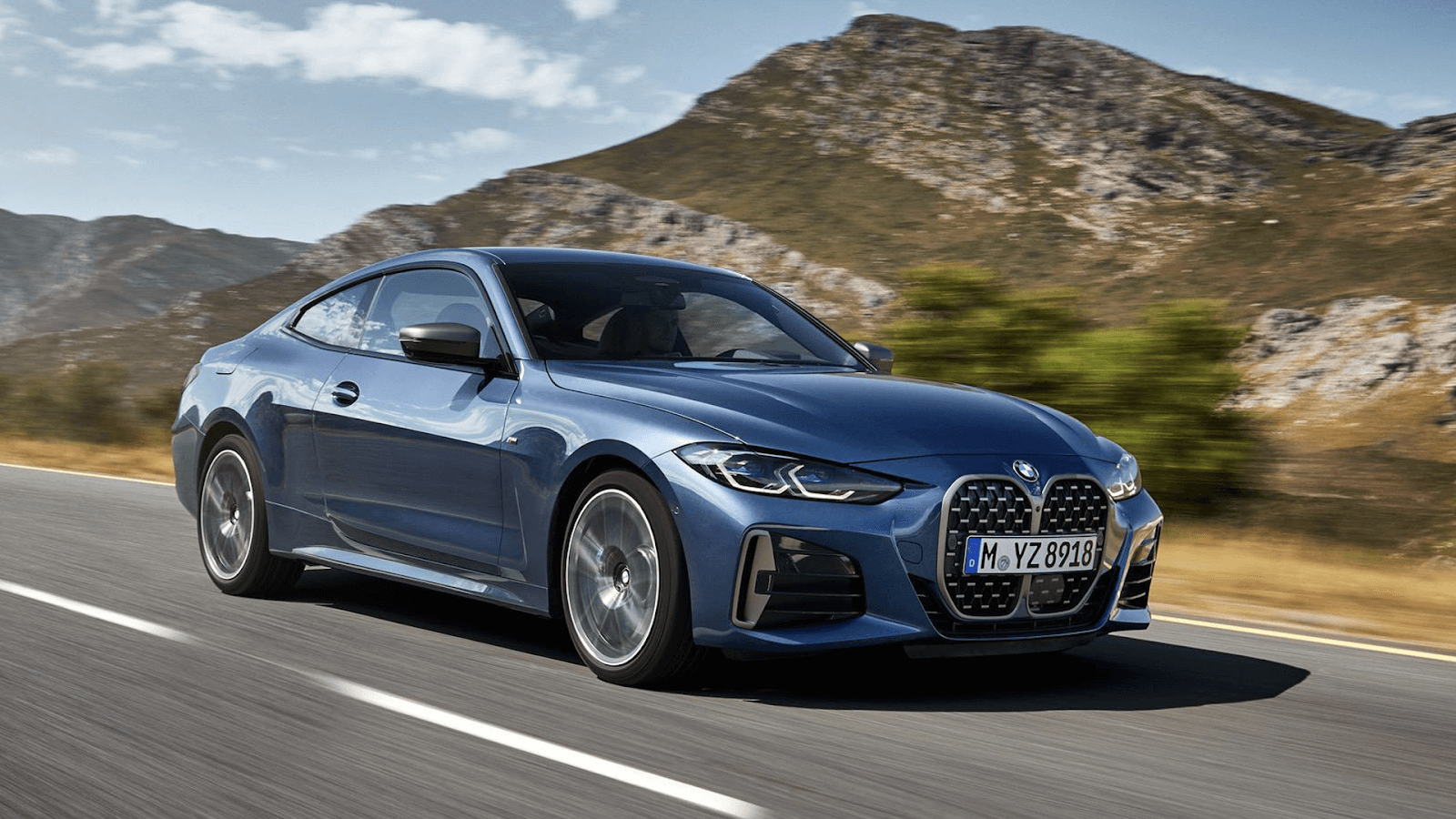 BMW exterior
BMW exteriorBMW cars have bolder styling, which is highlighted by their iconic kidney grille. This appeals more to individuals seeking a muscular and prestigious look, especially suited for business-minded people who value performance.
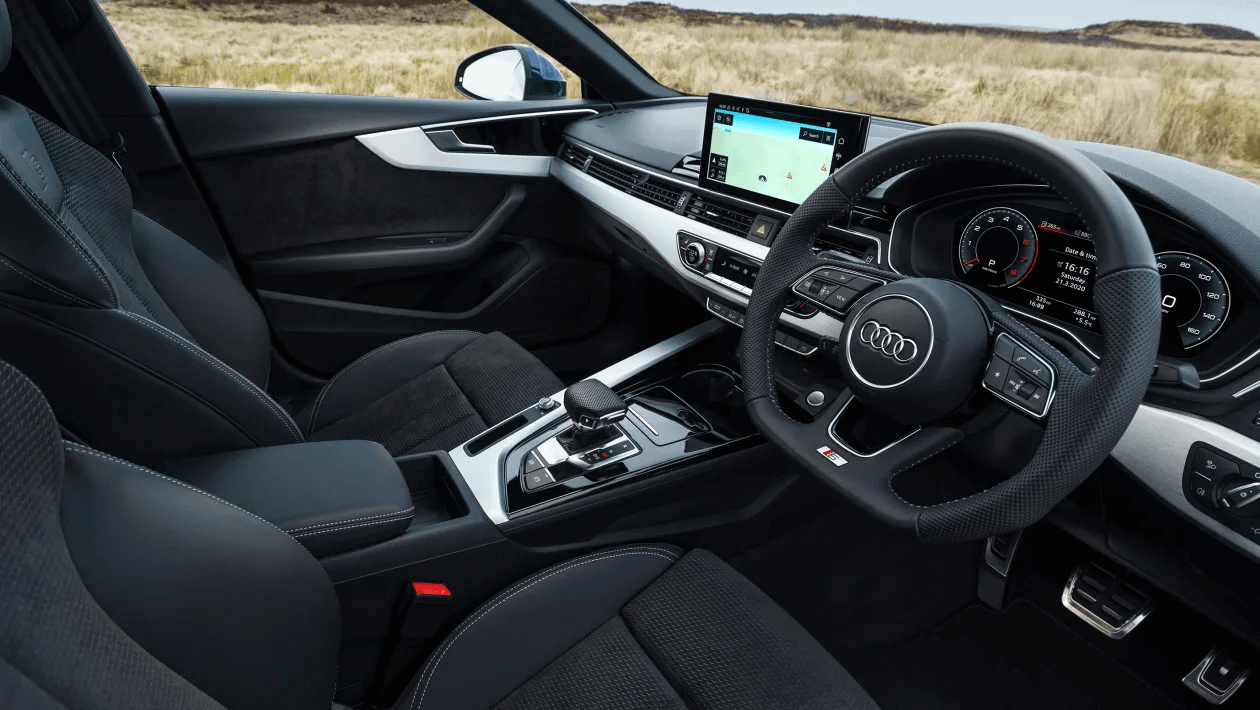 Audi interior
Audi interiorIn terms of interior styling, Audi takes the lead with its minimalist dashboards, high-quality materials, and comfortable seating options ranging from premium cloths to luxurious leathers. The atmosphere feels premium and sophisticated.
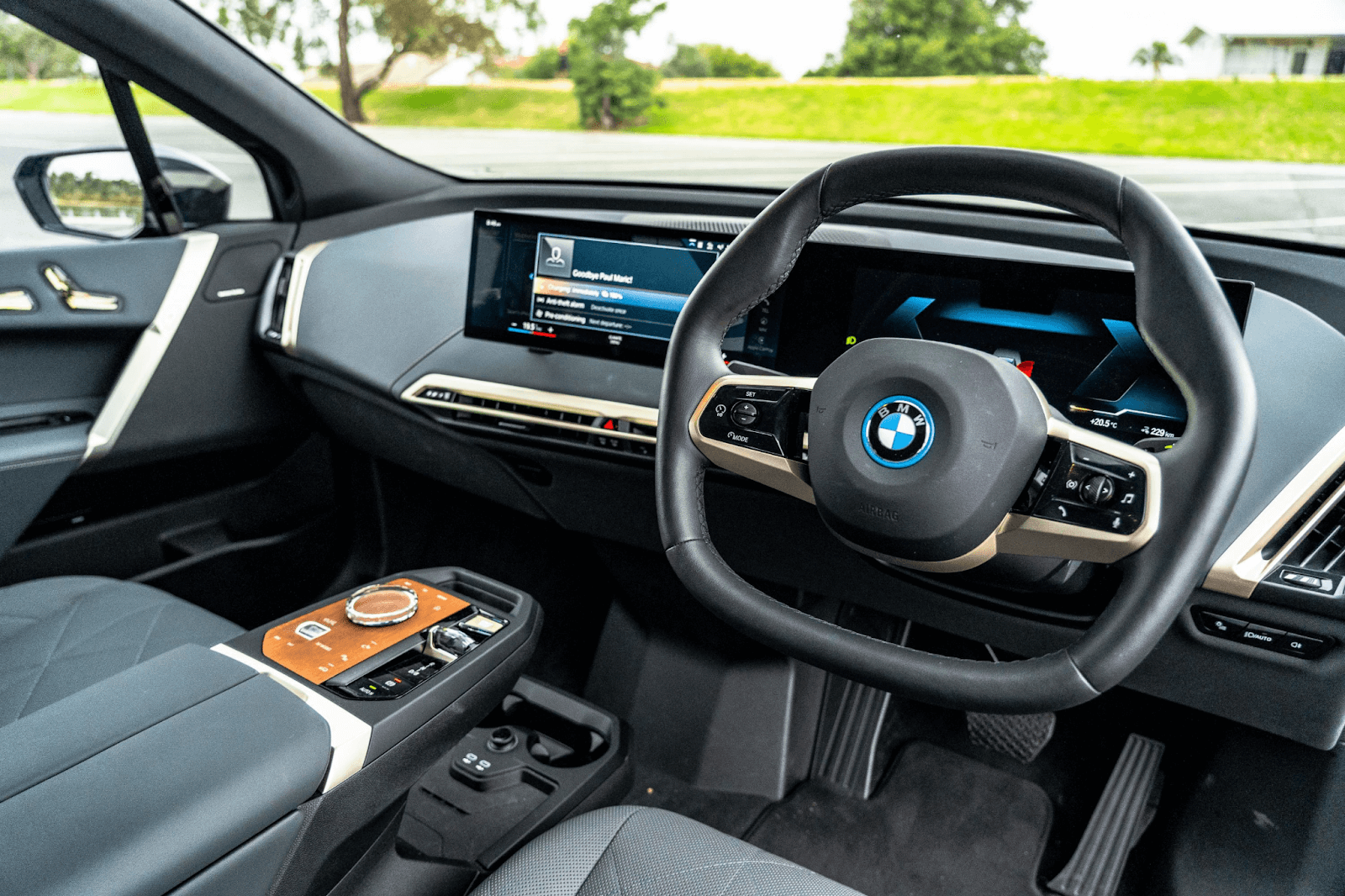 BMW interior
BMW interiorWhile BMW interiors are not lacking in quality or luxury, they tend to prioritise performance. This results in cabins that feel slightly less refined compared to Audi. However, BMW interiors still have a high standard with premium materials and an upscale feel, albeit with a different aesthetic focus.
Technology and Infotainment
Audi’s tech lineup includes the MMI infotainment system, which provides comprehensive control over various car functions like navigation and Bluetooth. The Virtual Cockpit is another highlight, which replaced traditional dials with a digital display behind the steering wheel. Some find Audi’s graphics a bit lacking, but the functionality, especially with features like Audi Connect, makes driving much better.
On the other hand, you get BMW’s iDrive system. This system has a well-regarded interface with control through a rotary wheel, physical buttons, touch-sensitive pads, or voice command. BMW also offers gesture control in select models like the 5-Series and 7-Series.
BMW lacks a Virtual Cockpit like Audi’s, but they offer the Digital Display Key, which allows remote control of various car functions from outside the vehicle. Some may see it as a novelty, but it adds a bit of ease to daily driving.
Comfort
Audi’s interiors maintain their usual style and offer a high-quality feel that sets it apart from ordinary cars. Materials and surfaces are mostly top-notch, with soft plastics and precise assembly lending a durable and premium impression. It’s not flashy, but the interior is smart and functional, lacking a distinctive wow factor but with nice switchgear and a premium feel.
Audi models are generally quiet in terms of wind and tyre noise, but performance models have more noticeable engine noise. The ride is firm yet comfortable, and these cars tend to handle bumps without excessive body movements.
BMW has really nailed it with their car interiors and created spaces that blend all the elements together. They’ve made sure the technology is user-friendly and the overall environment feels modern, connected, and incredibly comfortable. Everything is put together with such precision that it’s considered some of the best in the world.
Another great feature is how quiet these cars are. While the diesel engines might make a bit of noise when cold or pushed hard, everything else is well isolated, so you hardly notice any other sounds. Once you’re cruising, you’ll barely hear any engine, road, or wind noise, thanks in part to the standard noise-reducing acoustic glass.
Brand Image and Perception
Audi is typically seen as embodying sophistication, tech-savviness, and urban appeal. Meanwhile, BMW’s brand image leans towards sportiness and caters to driving enthusiasts. It reflects more of an aspirational lifestyle, a symbol of success and achievement.
These perceptions heavily influence what people buy and how they want to be seen. So, if you want to project a specific image, you’ll want to choose a brand that matches that desired image and lifestyle.
Target Audience and Driving Experience
BMW’s rear-wheel drive platforms provide a responsive and well-balanced driving experience, which is favoured by those seeking sportiness. Their 4WD system, xDrive, offers adaptable power distribution for different road conditions. Audi’s quattro system is lauded for its advanced all-wheel drive technology, particularly beneficial for stability and control. It is standard in higher-end models.
All in all, the perfect customer for Audi is someone who:
- prioritises advanced technology and modern aesthetics;
- values a smooth and balanced driving experience with all-wheel drive capabilities;
- appreciates sleek design and understated elegance;
- seeks a strong grip and stability on various road conditions.
The target audience for BMW models is someone who:
- enjoys rear-wheel drive dynamics for a sporty driving feel;
- likes precise steering and responsive handling;
- seeks a blend of luxury and performance in their driving experience;
- looks for versatility.
Audi is committed to sustainability across various aspects of its operations
- Develops electric and hybrid vehicles like the e-tron series.
- Integrates renewable energy sources into manufacturing to reduce reliance on fossil fuels.
- Explores sustainable materials, including recycled and plant-based options, for vehicle production.
- Promotes recycling and designs vehicles for easy disassembly and recycling.
- Uses lightweight materials like aluminium and carbon fibre to improve fuel economy and performance.
BMW’s green credentials are:
- Reorganised supply chain for transparency and reduced CO2 emissions.
- Shifted to renewable energy sources for all external electricity since July 2020.
- Implemented a high-tech paint shop at Plant Munich and eliminated intermediate drying.
- Has a wind farm in Leipzig and gets green electricity from hydropower in Munich and Dingolfing.
- Focuses on biodiversity preservation at its sites.
- Since 2021, BMW has supported CO2 reduction projects beyond its operations.
Conclusion
In the end, the answer to Audi vs BMW depends on what appeals to your personal taste. Both brands deliver luxury vehicles with top-notch technology, excellent capabilities, and lavish interiors. However, each has its own unique style when it comes to design, performance, and reliability.
If you’re all about sporty handling and precise steering, BMW cars might be the way to go. But if you’re looking for a smoother and more sophisticated driving experience, Audi vehicles could be a better fit.
No matter which brand you end up choosing, both offer a wide range of models to explore. Make sure to test drive each car and pick the one that better fits your lifestyle and preferences. And head over to Carplus for the next steps!
Table of Contents






